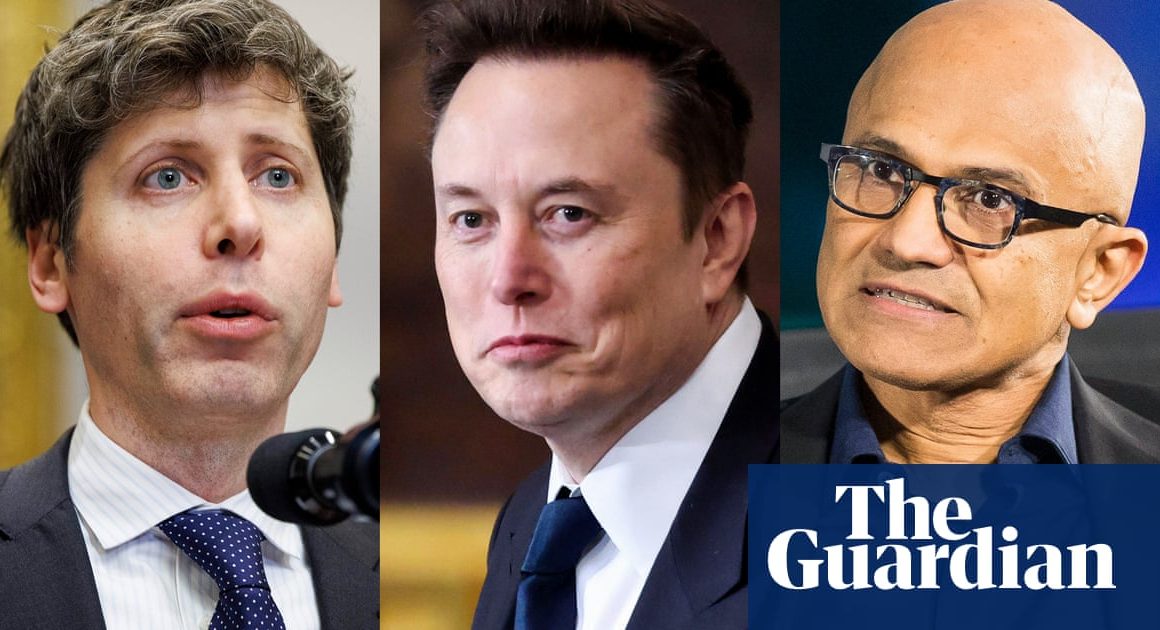Historians will long scratch their heads that a Republican candidate who – despite an inability to string a coherent sentence together, being grossly underqualified and rife with extramarital affairs – would go on to not only win election but become one of the most popular presidents in US history.
The first candidate to grasp how to use “new media” in a presidential campaign effectively and who – rather than getting to work in Washington after the election, as expected, immediately took off on vacation to play golf.
Despite all this, the candidate’s popularity among his “stonehead” supporters grew and grew – “an audience of small town yokels, of low political serfs, or morons scarcely able to understand a word of more than two syllables, and wholly unable to pursue a logical idea for more than two centimeters.” I’m talking, of course, about Warren G Harding and his presidential victory in 1920.
The poetic description of Harding’s pre-Maga fanbase comes from HL Mencken, who like Harding was a newspaper man. Mencken helped found the Baltimore Evening Sun, where the above quotes appeared, while Harding (the first and only career journalist to become US president) had cornered the Ohio newspaper market and used it to propel himself first into state office and eventually the presidency.
Then, as now, the media were partisan outlets with a worldview and political agenda to push. Each candidate and party had their papers, and their market was those who shared their ideology. Then, as now, the truth mattered little to these markets and the papers were rife with unfounded gossip and hyperbolic claims about the other side.
But the social media era has forced news outlets into a stark choice – publish articles that generate the most clicks, or publish articles that motivate your subscribers to pay for news. Both of these things come together at the very same point: Trump.
Trump, with his bombastic headline-generating instincts, is both the most clickable and subscribe-able topic for news-consuming audiences to devour – whether you love or hate him. I sat glued to cable news coverage of the election this week as pundits thundered “Why is he so popular?!” into their 327th straight hour of blanket coverage of him.
Behind it all, then as now, sits a network of industrialists fuelling a noise machine that keeps us at odds with each other as we feverishly debate Trump-mania.
You may recognise some of its manifestations in your own feed here in Australia. Switch on Sky News After Dark or their YouTube feed and you could be mistaken for thinking you’d stumbled upon a Trump paean bent on reshaping Australia into Alabama.
Wade into the comments section of any Facebook post talking about offshore wind in the Illawarra and you will see Maga bots sharing the same content they do in New Jersey.
Check through the global membership of fossil fuel-backed Atlas network which drives the Trumpian agenda globally and you will find our homegrown Institute of Public Affairs and Advance Australia, they of the Indigenous voice No campaign. Trump is global, and your passions are part of his plan.
These ingredients: partisan media ecosystems; supportive crowds whipped into frenzies; wealthy backers keen to exploit the first two ingredients for their own financial gain – these are what have delivered us Trump.
Just ask Fox News, where supporters turned away in droves when the network tried to get off the Trump train, only for them to get back on it even if it meant denying the 2020 election results they knew were legitimate. That ended in a $US787m settlement with Dominion voting machines.
Just ask the New York Times, which was on the verge of bankruptcy in the years leading up to 2016 until a shock Trump victory sent all the haters to rush to subscribe in defence of fact-based journalism, whose incentive is now to keep them subscribed with a steady stream of Trump schadenfreude. The Maga movement would call it a Trump Derangement Syndrome-based revenue model.
Just ask Elon Musk, who has used his acquisition of a social media platform to become a cult-like figure of adoration for crypto-bros, UFC fans and Andrew Tate acolytes with his misinformation-laden Trump sycophancy.
Our hatred is as much the oxygen to his fire as his supporters’ love is the fuel. Brace for another four years of obsession and obeisance, depending on which side of the fence you sit. But the net result is the same, as Mencken warned us when faced with the fact people are driven not by sense but by emotion, “the candidate must either bark with the pack or be lost”. So too, it appears, will the media.
-
Ed Coper is a political commentator and the author of Facts and Other Lies: Welcome to the Disinformation Age. He is the CEO of communications agency Populares, credited with helping create the ‘teal’ political movement











